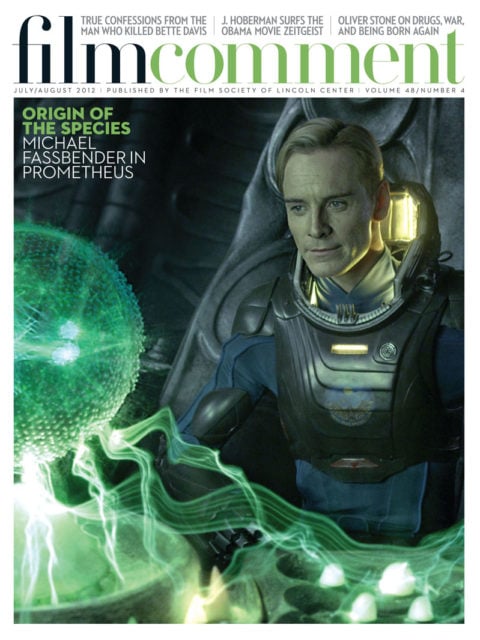
There is a scene in Benoît Jacquot’s Farewell, My Queen in which Marie Antoinette (a haunting Diane Kruger), consumed by fear though she is warmed by a fire and seated in a room gleaming with satin and gold leaf, has enlisted help in digging jewels from their settings to better transport them on a planned escape from Versailles to Metz. When a pearl slips away and is lost in the shadows, it could be the doomed queen herself, torn from a glittering cage and cast into the darkness. Her brutally sudden transition from cosseted loneliness to freefall is viewed through the eyes of her most devoted attendant, while the palace itself is a character as duplicitous as any courtier.
In A Single Girl (95), shot mostly in real time, Jacquot followed a teenage hotel employee, played by Virginie Ledoyen, passing through corridor after corridor while working a room-service shift and wrestling with a momentous decision. In Farewell, My Queen, he likewise depicts a young woman of humble origins navigating a labyrinthine realm dominated by a wealthier class: Sidonie (Léa Seydoux), Marie Antoinette’s passionately dedicated reader and witness to events almost beyond her comprehension. Adapted from the Chantal Thomas novel, the film unfolds over several days in July 1789 during which denial gives way to panic at Louis XVI’s court. The fine cast includes Ledoyen, who, as the shallow Gabrielle de Polignac, with whom the queen is painfully and dangerously infatuated, resembles a bird with sleek, bright plumage.
A glimpse of a borrowed golden clock in Sidonie’s shabby room immediately sets up the contrast between the two faces of Versailles. Although Jacquot is often equated with sensuality, he is equally skillful at eliciting revulsion. In Sade (00), bodies in blood-soaked trenches viscerally capture the horror of the Reign of Terror. Farewell, My Queen depicts the rotting underbelly of the court, with its poor sanitation and infestations of insects and vermin. The first sound is that of a buzzing mosquito. Later the infantilized nobility— who dwell in cramped quarters off a grim hallway as if in a dormitory—resemble the rats that scurry through the bedrooms or float in the cloudy lake before the palace. News of impending peril reaches these courtiers through rumors and terrifying pamphlets, and they eventually scatter as if fleeing a sinking ship.

Whereas Kirsten Dunst in Sofia Coppola’s 2006 Marie Antoinette played the Queen as a fresh-faced party girl, endlessly likable and improbably unsullied by any of her actions—whether pursuing an affair with a dashing soldier or nibbling on mountains of candy-colored macaroons—Jacquot’s mercurial Marie Antoinette is flighty, affectionate, damaged, sorrowful, cruel, and ultimately heartbreaking. His portrait loses some of its eerie power through the ugly twist at the film’s conclusion, but she remains a fascinating enigma, and touchingly human.
Both films make use of Versailles’s grand halls, but in Farewell, My Queen, they acquire existential significance. When Sidonie falls on a polished floor as she hurries to Marie Antoinette in the darkness, the queen seems truly lost. Naturalistic yet dramatic lighting and restless camera movement lend vivid immediacy to the rapidly spiraling events, as do other visual details. In a scene near the film’s conclusion, Louis XVI, poignantly played by Xavier Beauvois, wears sunflower-gold satin, while Marie Antoinette, dressed in a silvery gown, recalls the moon. He has cobwebs in his hair from walking in the attic, foreshadowing the decay that will soon engulf them.








